REGIONAL GEMS: INDIAN SWEETS
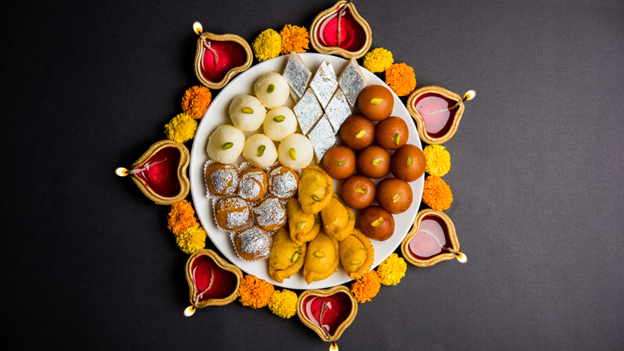
Indian sweets, also known as mithai, are an integral part of Indian cuisine and culture. They vary in flavor, texture, and ingredients based on the region they originate from, reflecting the rich diversity and culinary traditions of the country.
From the syrup-soaked delicacies of the North to the milk-based delights of the East, and the nutty confections of the West to the coconut-infused treats of the South, the sheer variety of Indian sweets is astounding.
These delectable creations are not only savored during festive occasions and celebrations but also serve as gestures of hospitality, gifts, and offerings in religious rituals.
The art of making Indian sweets has been passed down through generations, with each region boasting its own unique recipes and techniques, making them true regional gems that captivate taste buds and evoke a sense of nostalgia.
Rasgulla (West Bengal):
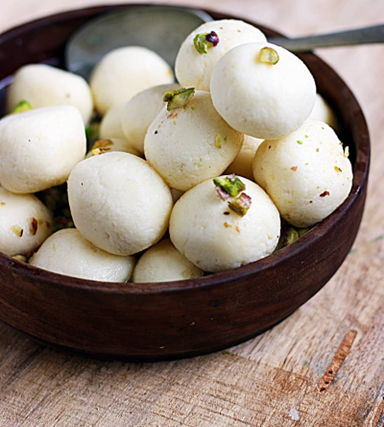
Originating from West Bengal, rasgulla is a popular sweet made from chenna (fresh cheese) balls cooked in sugar syrup. These soft and spongy white balls are a delightful treat.
The making of rasgulla begins with the preparation of chenna, which is a form of fresh cheese. Milk is curdled, and the whey is separated from the curds. The resulting chenna is then kneaded and shaped into small, smooth balls.
These chenna balls are carefully cooked in a sugar syrup flavored with cardamom or rose water, allowing them to absorb the sweetness and aroma.
Mysore Pak (Karnataka):
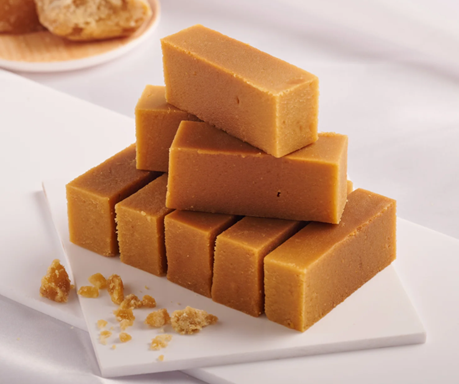
Mysore Pak is a rich and delicious sweet from Karnataka. It is made using ghee (clarified butter), sugar, and besan (gram flour). The result is a crumbly, melt-in-your-mouth delight.
It is made primarily from three ingredients: chickpea flour (besan), ghee (clarified butter), and sugar. Mysore Pak has a rich, dense, and crumbly texture, with a sweet and buttery flavor.
Gulab Jamun (North India):
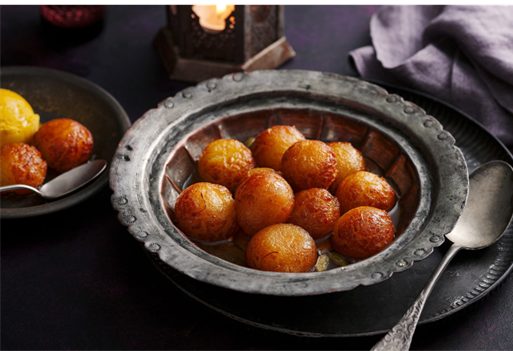
Gulab Jamun is a widely loved sweet across India but has its roots in North India. It consists of deep-fried milk solids or khoya balls soaked in flavored sugar syrup. These brownish balls are incredibly soft and syrupy.
Gulab Jamun is more than just a dessert; it holds cultural significance and is considered a symbol of celebration, happiness, and togetherness. The act of sharing and savoring Gulab Jamun with loved ones enhances the joy of any occasion.
Petha (Uttar Pradesh):
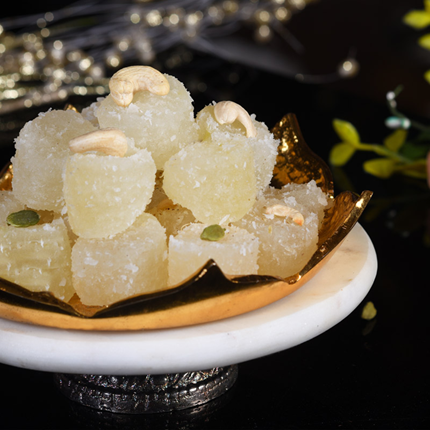
Petha is a translucent, soft candy made from ash gourd (winter melon) and sugar syrup. It is a popular Indian sweet made from ash gourd, also known as winter melon or white pumpkin.
It is native to the city of Agra in the state of Uttar Pradesh and is commonly associated with the region.
Petha has a translucent and chewy texture and is usually flavored with sugar syrup and various ingredients like saffron, cardamom, and rose water.
Modak (Maharashtra):

Modak is a traditional Indian sweet dumpling that is particularly associated with the festival of Ganesh Chaturthi, which celebrates the birth of Lord Ganesha.
Modaks are made with a sweet filling usually made from grated coconut and jaggery, encased in a rice flour dough. They are steamed or fried and are known for their distinctive shape, which resembles a dumpling or a sweet rice cake.
Modaks are considered a favorite of Lord Ganesha and are offered as prasad (devotional food) during the festival.
Mawa Kachori (Rajasthan):
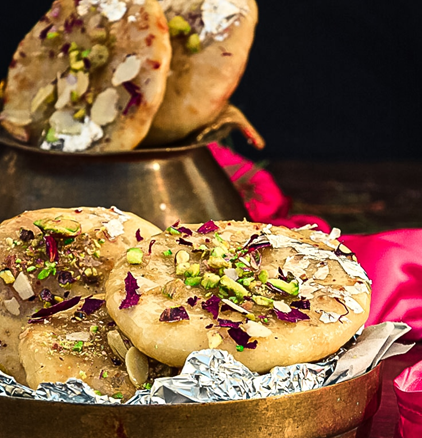
Rajasthan’s specialty, Mawa Kachori, is a sweet version of the popular savory snack. It consists of a flaky pastry stuffed with a mixture of khoya (milk solids), nuts, and cardamom, deep-fried to perfection. The kachori is then soaked in a sugar syrup to enhance its sweetness and flavor.
Mawa kachori is typically served as a dessert or as a special treat during festivals and celebrations.
Coconut Laddu (South India):
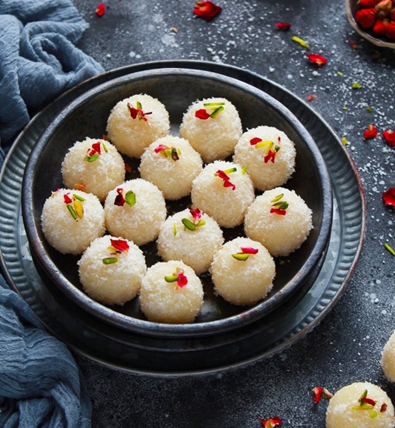
Coconut laddu is a simple yet delicious sweet found across South India. It is made with grated coconut, sugar, and flavored with cardamom. These round-shaped laddus are a perfect blend of sweetness and coconut goodness.
These are just a few examples of the delightful Indian sweets you can explore from various regions. Each region in India has its own distinct sweet specialties, and trying them is a wonderful way to experience the country’s culinary diversity.



